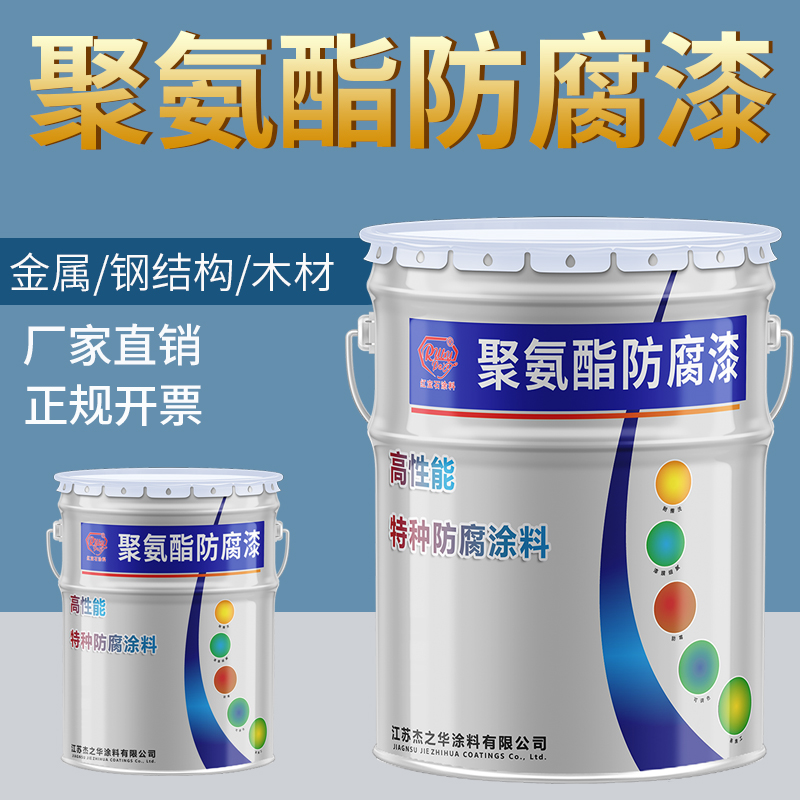Table of Contents
Advantages of Fluorocarbon Paint in Industrial Applications
Fluorocarbon paint and powder coating are two popular choices for industrial applications, each with its own set of advantages and disadvantages. In recent years, fluorocarbon paint has gained traction for its exceptional performance and durability in various industrial settings. This article delves into the advantages of fluorocarbon paint in industrial applications, highlighting its key features and benefits.

Firstly, fluorocarbon paint offers superior weather resistance, making it an ideal choice for outdoor applications. Its unique chemical composition, which includes fluoropolymer resins, provides exceptional protection against harsh environmental elements such as UV radiation, moisture, and pollutants. This weather resistance ensures that fluorocarbon-coated surfaces maintain their aesthetic appeal and structural integrity over extended periods, reducing the need for frequent maintenance and repairs.
Furthermore, fluorocarbon paint exhibits excellent chemical resistance, making it suitable for use in corrosive environments. Whether exposed to acids, alkalis, or solvents, fluorocarbon-coated surfaces remain unaffected, ensuring long-term durability and reliability. This resistance to chemical degradation is particularly advantageous in industrial settings where exposure to corrosive substances is commonplace, such as chemical plants, refineries, and offshore structures.
Another notable advantage of fluorocarbon paint is its outstanding color retention properties. Unlike conventional coatings that may fade or discolor over time, fluorocarbon paint maintains its vibrant color and luster even after prolonged exposure to sunlight and other environmental factors. This long-lasting color stability makes fluorocarbon-coated surfaces an attractive option for architectural and decorative applications, where aesthetic appeal is paramount.
Moreover, fluorocarbon paint offers excellent adhesion to various substrates, including metals, concrete, and plastics. Its ability to form a strong bond with the underlying surface ensures uniform coverage and prevents delamination or peeling, even under extreme conditions. This adhesive strength enhances the durability and longevity of fluorocarbon-coated surfaces, making them suitable for high-traffic areas and demanding industrial environments.
In addition to its physical properties, fluorocarbon paint is also highly resistant to fading and chalking, maintaining its appearance and performance over time. This resistance to fading and chalking is especially crucial in applications where aesthetics and brand image are important considerations, such as signage, automotive finishes, and architectural cladding.
Furthermore, fluorocarbon paint offers flexibility in application, allowing for customization to meet specific performance requirements. Whether applied by spray, roller, or brush, fluorocarbon coatings can be tailored to achieve desired thickness, texture, and finish, providing versatility in design and aesthetics. This flexibility makes fluorocarbon paint suitable for a wide range of industrial applications, from machinery and equipment to infrastructure and transportation.
In conclusion, fluorocarbon paint offers several advantages in industrial applications, including superior weather resistance, chemical resistance, color retention, adhesion, and durability. Its ability to withstand harsh environmental conditions, maintain aesthetic appeal, and provide long-lasting protection makes it a preferred choice for various industries. Whether used in outdoor structures, chemical processing plants, or architectural facades, fluorocarbon paint continues to deliver exceptional performance and reliability, making it a valuable asset in industrial coatings.
Exploring the Durability of Powder Coating vs. Fluorocarbon Paint
Fluorocarbon paint and powder coating are two popular options when it comes to finishing metal surfaces. Both offer durability and aesthetic appeal, but they have distinct characteristics that make them suitable for different applications. Understanding the differences between fluorocarbon paint and powder coating can help consumers make informed decisions about which option best suits their needs.
Powder coating is a dry finishing process that involves applying a free-flowing, dry powder to a metal surface. The powder is electrostatically charged and then cured under heat to form a hard, durable finish. One of the key advantages of powder coating is its resistance to chipping, scratching, and fading. This makes it an ideal choice for outdoor applications where the finished product will be exposed to harsh environmental conditions.
On the other hand, fluorocarbon paint, also known as PVDF paint, is a liquid coating that contains fluoropolymer resin. This type of paint is highly resistant to UV radiation, Chemicals, and corrosion, making it suitable for use in extreme environments. Fluorocarbon paint is often used in architectural applications, such as coating Aluminum panels on buildings, due to its ability to maintain its color and gloss over time.
When comparing the durability of powder coating to fluorocarbon paint, it’s essential to consider the specific requirements of the project. While both options offer excellent resistance to damage, powder coating may be more suitable for applications that require superior abrasion resistance, such as industrial equipment or Outdoor Furniture. Fluorocarbon paint, on the other hand, excels in environments where UV exposure and chemical exposure are significant concerns, such as coastal areas or chemical processing plants.
In terms of application, powder coating tends to be more cost-effective than fluorocarbon paint for large-scale projects. The powder can be applied using automated equipment, which reduces labor costs and increases efficiency. Additionally, powder coating produces minimal waste since any overspray can be collected and reused. Fluorocarbon paint, on the other hand, requires careful application by skilled professionals, which can increase labor costs. However, the initial investment in fluorocarbon paint may be justified by its long-term durability and performance.
Despite their differences, both powder coating and fluorocarbon paint offer superior durability compared to traditional paint finishes. However, it’s essential to consider factors such as environmental exposure, abrasion resistance, and budget when choosing between the two options. Ultimately, the right choice will depend on the specific requirements of the project and the desired aesthetic outcome.
In conclusion, powder coating and fluorocarbon paint are two durable finishing options for metal surfaces. While powder coating excels in abrasion resistance and cost-effectiveness, fluorocarbon paint offers superior resistance to UV radiation and chemicals. By understanding the differences between these two options, consumers can make informed decisions about which option best suits their needs. Whether it’s protecting industrial equipment or enhancing the aesthetic appeal of architectural structures, both powder coating and fluorocarbon paint offer reliable and long-lasting finishes.
